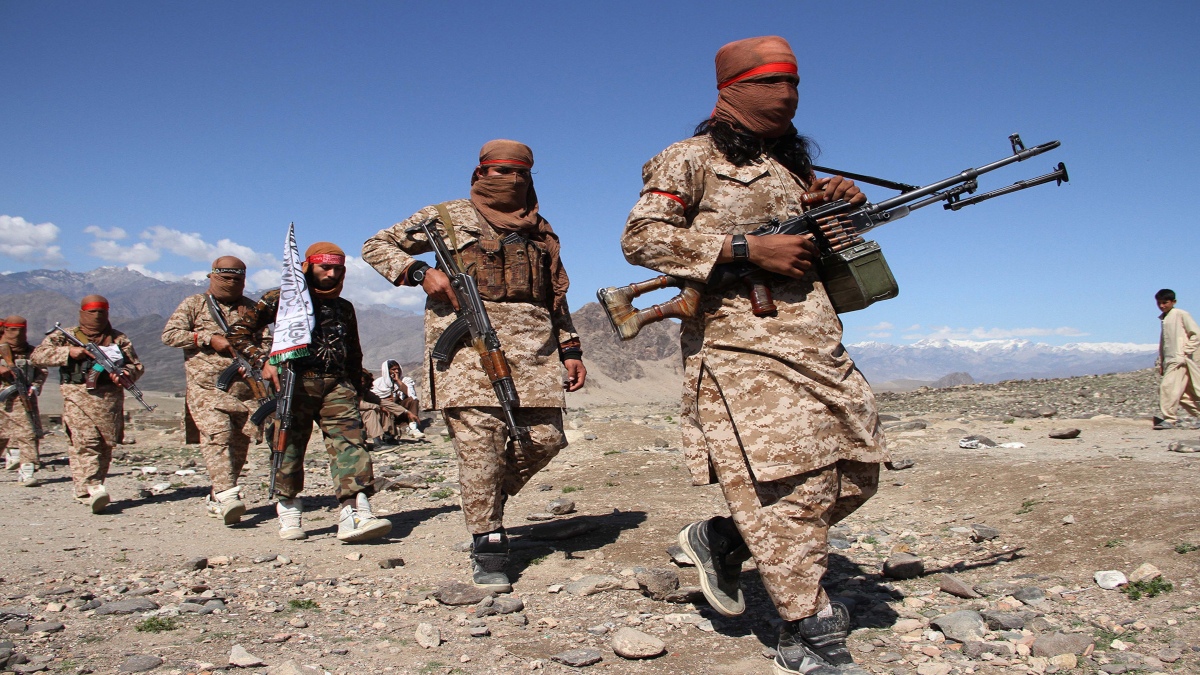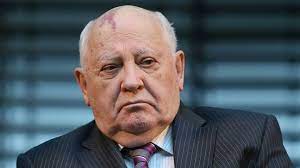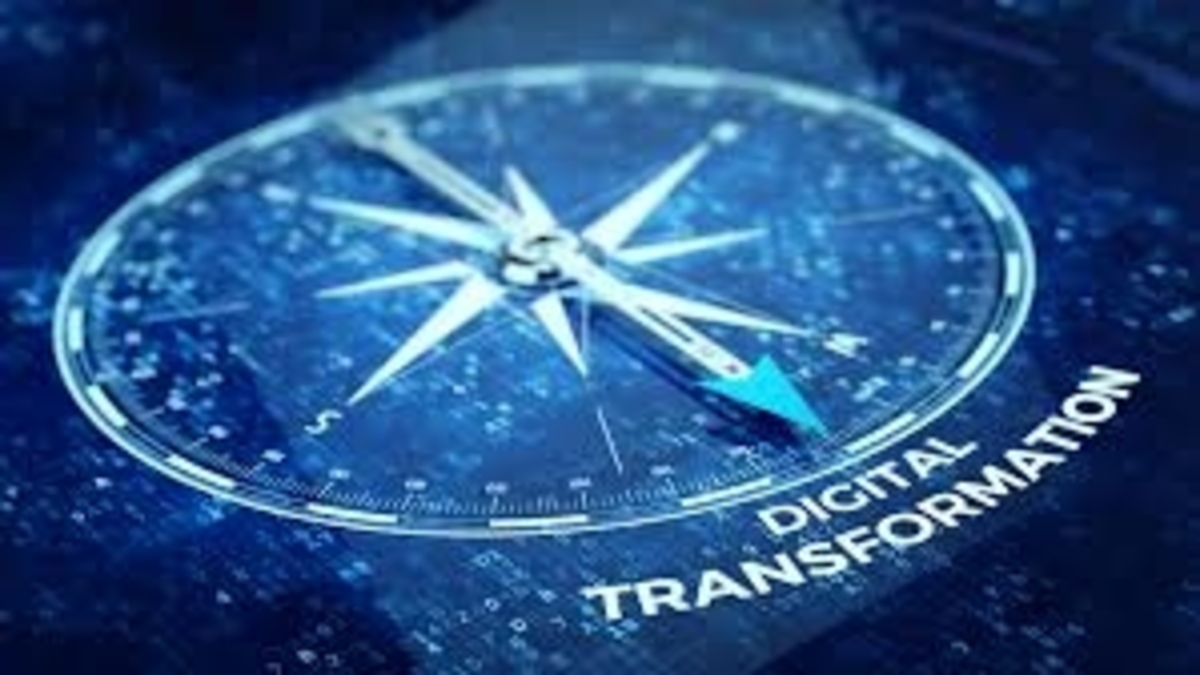Everything old is new again. Through the lens of Ukrainian history, the world has been reminded of the Russian colonial imperialism imposed upon its neighbours. This is important to understand within the context of today’s crisis because Putin fundamentally believes that Ukraine is not a nation state and perceives other neighbouring countries similarly.
To understand the current realities of Russia and Ukraine, and the part NATO has played in defining the current hostilities between the two nations, it is important to rewind history and trace the developments that have happened since the 1990s. Most of the conflicts in the world have an extended history of various complexities and overlapping difficulties, the Ukraine-Russian crisis is no exception.
The crisis in Ukraine is caused primarily by NATO’s aggression and expansion. Achieving lasting peace means checking that aggression and expansion; however, the US is leveraging the war as an elaborate advertisement for NATO, promoting a bloc-based version of collective security premised on opposing Russia. Sweden and Finland have long thrived under a policy of military non-alignment, but they are now coming under pressure to discard neutrality in favour of NATO membership. Such a policy will foment collective insecurity and push the European continent further into chaos.
Nobody can seriously argue that NATO is fundamentally defensive in character. It is an aggressive, nuclear alliance designed to enforce US hegemony. In the decades following the Soviet collapse, NATO has expanded from 16 countries to 30 – reneging on repeated promises made to the Soviet and Russian leadership in the early 1990s that NATO’s borders would move “not one inch” East of Germany. In fact NATO’s borders have moved right up to Russia’s doorsteps.
Putin aims to rollback much of the security architecture that has been put into place in Europe since the end of the Cold War, particularly with regard to Central and Eastern Europe. This means not only closing the door to potential NATO membership for Ukraine but curtailing any form of Western military assistance available. The Kremlin also seeks to undermine many of the measures that have been put in place by the NATO alliance dating back to the 1997 Founding Act – a framework designed to determine how their relationship should move forward in view of NATO enlargement – in effect, neutralizing the alliance in Central and Eastern Europe. The challenge for NATO, as an alliance of democratic countries, is that it cannot let Russia dictate the terms of membership.
Russia’s full-scale invasion of Ukraine in 2022 marked a dramatic escalation of the eight-year-old conflict and a historic turning point for European security. With expanding Western aid, Ukraine has managed to frustrate many aspects of Russia’s attack, but many of its cities have been pulverized and one-quarter of its citizens are now refugees or have been displaced. It remains unclear if and how a diplomatic resolution could emerge. Ukraine’s place in the world, including its future alignment with institutions such as the European Union (EU) and North Atlantic Treaty Organisation, hangs in the balance.
Ukraine was a cornerstone of the Soviet Union, the archrival of the United States during the Cold War. Behind only Russia, it was the second-most-populous and -powerful of the fifteen Soviet republics, home to much of the union’s agricultural production, defense industries, and military, including the Black Sea Fleet and some of the nuclear arsenal. Ukraine was so vital to the union that its decision to sever ties in 1991 proved to be a coup de grâce for the ailing superpower.
In its three decades of independence, Ukraine has sought to forge its own path as a sovereign state while looking to align more closely with Western institutions, including the EU and NATO. However, Kyiv struggled to balance its foreign relations and to bridge deep internal divisions. A more nationalist, Ukrainian-speaking population in western parts of the country generally supported greater integration with Europe, while a mostly Russian-speaking community in the east favored closer ties with Russia.
Ukraine became a battleground in 2014 when Russia annexed Crimea and began arming and abetting separatists in the Donbas region in the country’s southeast. Russia’s seizure of Crimea was the first time since World War II that a European state annexed the territory of another. For many analysts, the hostilities marked a clear shift in the global security environment from a unipolar period of U.S. dominance to one defined by renewed competition between great powers.
Some Western analysts see Russia’s 2022 invasion as the culmination of the Kremlin’s growing resentment toward NATO’s post–Cold War expansion into the former Soviet sphere of influence. Russian leaders, including Putin, have alleged that the United States and NATO repeatedly violated pledges they made in the early 1990s to not expand the alliance into the former Soviet bloc. They view NATO’s enlargement during this tumultuous period for Russia as a humiliating imposition about which they could do little but watch.
Despite remaining a non-member, Ukraine grew its ties with NATO in the years leading up to the 2022 invasion. Ukraine held annual military exercises with the alliance and, in 2020, became one of just six enhanced opportunity partners, a special status for the bloc’s closest nonmember allies. Moreover, Kyiv affirmed its goal to eventually gain full NATO membership.
In the weeks leading up to its invasion, Russia made several major security demands of the United States and NATO, including that they cease expanding the alliance, seek Russian consent for certain NATO deployments, and remove U.S. nuclear weapons from Europe. Alliance leaders responded that they were open to new diplomacy but were unwilling to discuss shutting NATO’s doors to new members.
Putin ordered a full-scale invasion, crossing a force of some two hundred thousand troops into Ukrainian territory from the south (Crimea), east (Russia), and north (Belarus), in an attempt to seize major cities, including the capital Kyiv, and depose the government. By March, 2022, some Western observers said that, given unexpected setbacks it incurred on the battlefield, Moscow could curtail its aims and try to carve out portions of southern Ukraine, such as the Kherson region, like it did in the Donbas in 2014. Russia could try to use these newly occupied territories as bargaining chips in peace negotiations with Ukraine, which might include stipulations about Kyiv’s prospects for membership in the EU and NATO. Others warned that continued attacks on Kyiv belied any of Moscow’s claims of a shift in military operations away from the capital.
As a security partner, Ukraine is not afforded any security guarantees under Article V–the US and its allies in the NATO organization do not have a commitment to defend Ukraine and so it becomes difficult to deter an attack on Ukraine through conventional means. However, the gray zone is useful for both sides in the management of escalation risks. Putin wants to be perceived as a strong military leader, but the costs (e.g., political, economic, reputational, etc.) of escalating to kinetic warfare may force him to recalculate. These costs may be the most effective deterrent there is – the West needs to make sure these are communicated clearly.
There is still room for diplomacy but the longer this plays out, the more costly it becomes to keep these troops on Russia’s border with Ukraine. There is room for agreement on issues like nuclear arms control, but this is unlikely to be what Putin is hoping to achieve with this massive military buildup and his outrageous demands. Rather, Putin appears to be seeking a pretext to justify some level of military action.
One wonders – as did the American diplomat George F. Kennan, the father of the Cold War containment doctrine who warned against NATO expansion in 1998–whether the advancement of NATO eastward has increased the security of European states or made them more vulnerable.
If NATO’s extension continues and reinforced its presence in Ukraine, as may propose by offensive realists, Ukraine Crisis will be escalated even more, and country’s eastern part will be turned to another ‘frozen conflict’ in post-Soviet space. In contrast, halting the enlargement policy in the face of Russian aggression in Ukraine can encourage Russia even more to use military force in its ‘near abroad’. For these reasons neither approaches are compatible to cope with the ongoing crisis. However, using both views partly help to come up with a solution for the puzzle. Currently, ensuring the territorial integrity of Ukraine should be prioritized, and for this purpose, NATO enlargement policy should not be used to deter Russia (which indeed escalates the war in Eastern Ukraine) instead NATO membership option for Ukraine should be used as a leverage in peace process to ensure territorial integrity of Ukraine.
The writer is an Associate Professor in Seedling School of Law and Governance, Jaipur National University, Jaipur. He had worked as an Assistant Professor in Apex Professional University, Pasighat, Arunachal Pradesh, and as a journalist in esteemed newspapers, portals and magazines.


 Opinion3 years ago
Opinion3 years ago
 Entertainment8 years ago
Entertainment8 years ago
 Entertainment8 years ago
Entertainment8 years ago
 Fashion8 years ago
Fashion8 years ago
 Opinion4 years ago
Opinion4 years ago
 Entertainment8 years ago
Entertainment8 years ago
 Politics8 years ago
Politics8 years ago
 Entertainment8 years ago
Entertainment8 years ago









